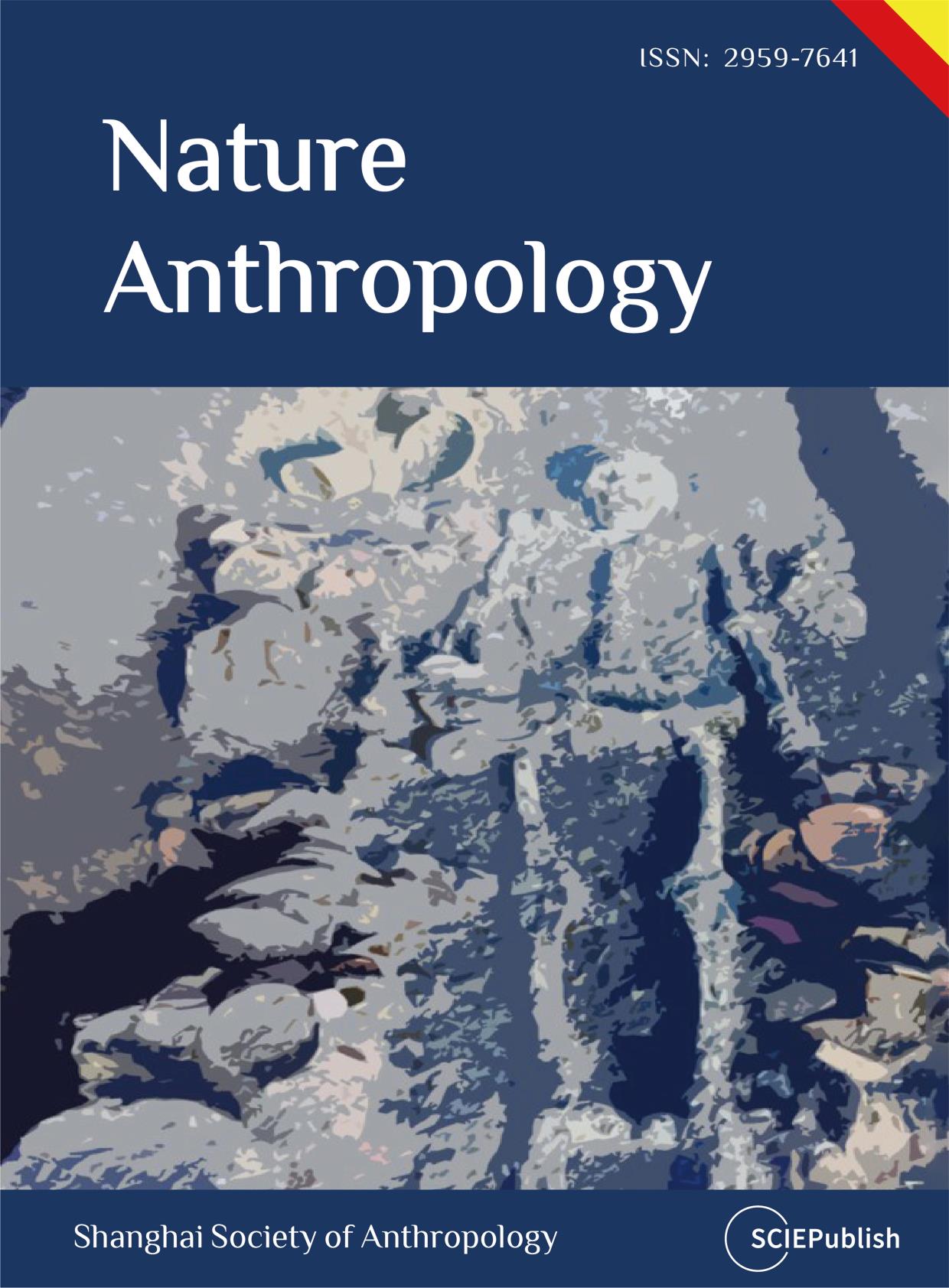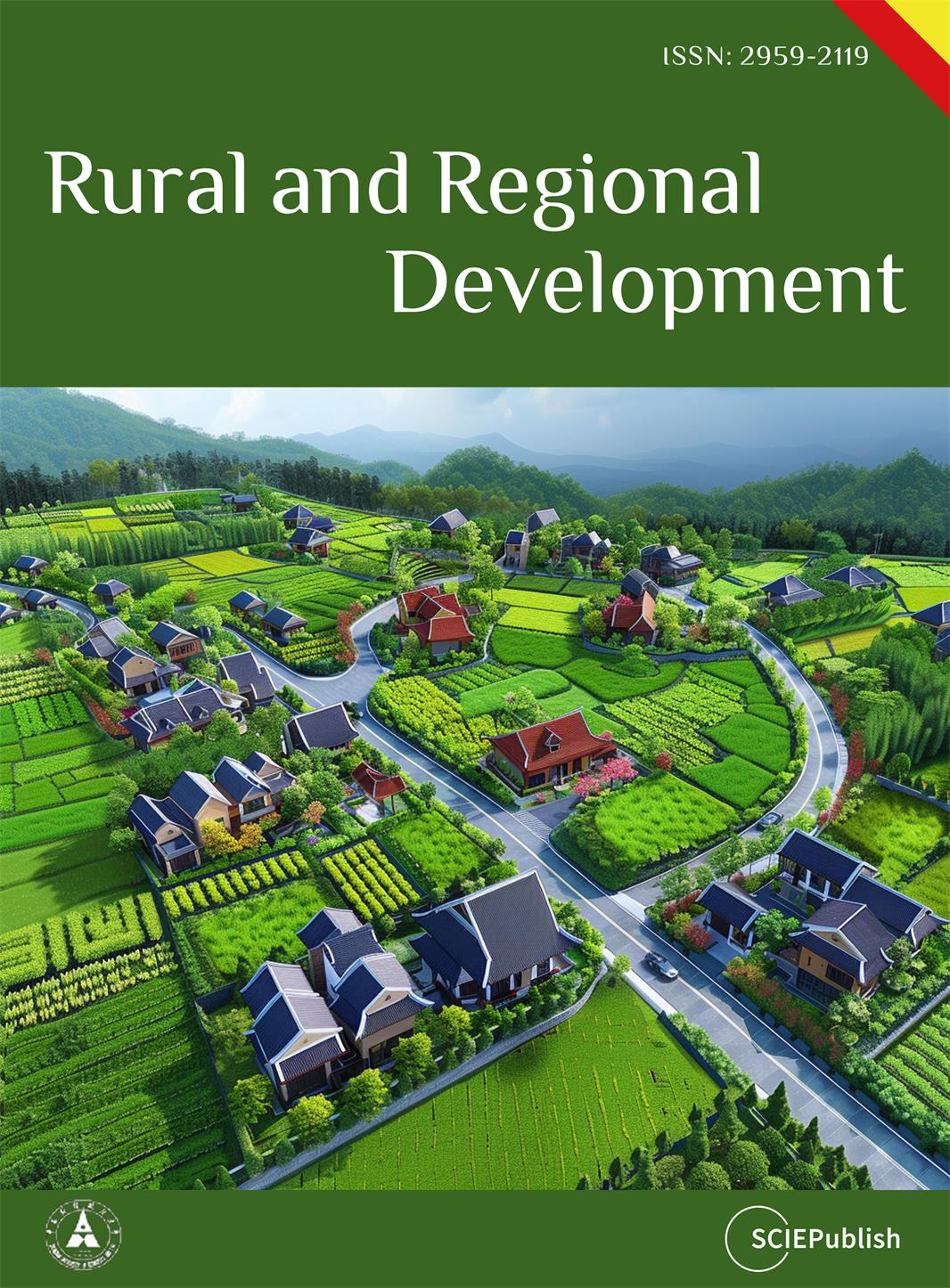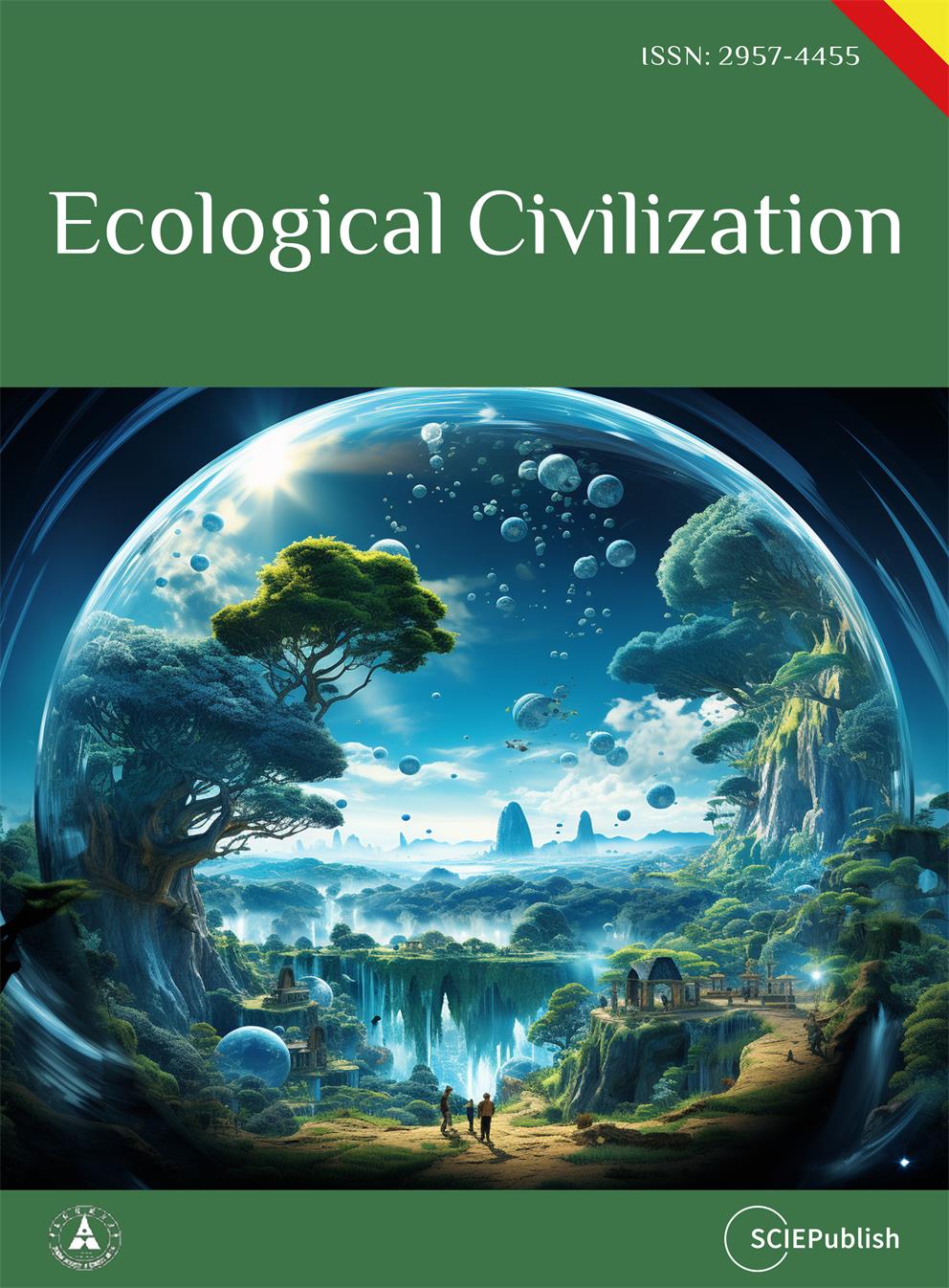Artiles
Open Access
Article
29 October 2025Solutions of Minimized Agrochemicals Input in the Post Zero-Growth Era: A State-of-the-Art Analysis of the Hengduan Mountains, China
How to further reduce the input of agrochemicals after zero-growth is an important challenge faced by mountainous areas. Up to now, the combined solution for minimized agrochemicals intervention in the post zero-growth era has not been systematically analyzed globally. Here, the Hengduan Mountain regions (HMR) in China, as a case, we estimated the turning points of agrochemicals input intensities using a quadratic equation, as well as integrating policy document analysis and literature review. Results show that the occurred timeline of fertilizer and pesticide use zero-growth in 10 municipalities (prefectures) in the HMR is relatively wide, with a distribution from 2009 to 2019, illustrating that all municipalities (prefectures) have been achieved national goals ahead of 2020 deadline. Thus, the incentive of a series of national-level policies focusing on chemical fertilizers and pesticides has proven effective in achieving the zero-growth target of agrochemicals input in the HMR. However, comparison with major mountainous countries like Germany, Italy, Portugal, Romania, Austria, and Spain etc., there are clearly many opportunities for enhancement in reducing fertilizer and pesticide uses. We present a practical route to minimize agrochemicals application in the HMR through crop rotation-based agro-biodiversity solutions, organic alternative-based soil health solutions, professionalization-based precision farming solutions, smallholder farmers’ awareness-based behavior intervention solutions, conservation reserve-based zoning solutions, etc.

Open Access
Article
29 October 2025Material Analysis of CNT’s as Conductive Additive for NMC Lithium-Ion Polymer Batteries Cathode Electrode
Carbon nanotubes (CNTs) are promising conductive additives for lithium-ion polymer (LiPo) batteries. The performance of lithium metal oxide cathodes is highly dependent on the properties of the conductive carbon additive. This study investigates the advantages of CNTs over conventional carbon black for this application. Material properties, including hardness, tensile strength, thermal conductivity, and electrical resistivity, were analyzed and compared using Ansys Granta (CES EduPack 2024 R2) software. The results demonstrate that CNTs are superior in tensile strength (110 MPa), hardness (50 HV), and thermal conductivity (210 W/m·°C). These properties enhance the mechanical integrity of the CNT-based cathode composite, leading to improved battery performance. Furthermore, the electrochemical behavior of CNT/LiNi0.5Co0.2Mn0.3O2 composite cathodes was investigated, focusing on the carbon precursor (methane vs. natural gas) and CNT diameter. At a current rate of 3 °C, multi-walled carbon nanotubes (MWCNTs) derived from methane delivered a specific capacity 20 mAh/g higher than those derived from natural gas. This indicates that methane-derived MWCNTs exhibit superior electrochemical performance, which is attributed to reduced polarization and a higher discharge potential. The study also revealed that MWCNTs with a smaller diameter (30–50 nm) performed better at high charge/discharge rates, owing to a higher number of primary particles per unit mass. This analysis aids in understanding material selection and its implications for battery design and lifecycle. The findings serve as a reference for future research exploring the use of CNTs in advanced battery materials.

Open Access
Review
29 October 2025Admixture of Amerindian, African and European Genes: Cuba, Mexico and Colombia as Study Cases
One hundred years after Columbus arrived in America in 1492, Amerindian population had fallen from 80 to 8 million in North and South America. The main causes were new microbes, slavery conditions and war. The people of San Basilio de Palenque (Colombia), close to Cartagena, in the Colombian Caribbean Coast, were established by runaway African slaves who built a refuge in San Basilio. The Spanish governors pressured the Spanish monarchs in Madrid to grant freedom to the Africans of San Basilio de Palenque, who became the first free Africans in the Americas. They speak the only Bantu-Spanish Creole and preserve African genetic traits according to HLA genes. Research also examined Cubans from Havana, showing that around 12% of the typical Amerindian HLA genes are present in Havana’s population. Cubans’ blood contains Amerindian genes in spite of that Amerindian physical traits do not exist now in the Cuban population. Amerindian HLA and other genes analyses and other cultural traits observed in Mexico—such as those of the Pacific Mayo/Yoreme and the Atlantic Huastecan/Teenek groups—suggest that the initial peopling of the American continent occurred much earlier than traditionally proposed, and that there was a bidirectional exchange of populations between the Pacific and Atlantic in relation to Europe (finding in America of European Paleolothic Solutrean traits) peoples may have occurred.

Open Access
Review
28 October 2025Prosecution of Cases Involving Sexual Crimes without Physical Evidence
Sexual crimes are rising at a concerning rate around the globe. The perpetrators are successfully acquitted of the charges, specifically in cases that lack physical evidence. Forensic evidence can associate a perpetrator with criminal activity. Occasionally, the victims of sexual misconduct do not show up right after the incident because of shame, bias, and stereotypes in society. This causes the loss of essential evidence necessary to prove the crime and the guilt of the perpetrator. Such incidents do not have any witnesses either. Therefore, it becomes hard for the jury to give a verdict in favor of the prosecution. This review article explores the factors, evidence, and initiatives that can help prosecute the victims of sexual crimes in the absence of physical evidence. A multifaceted approach comprised of scientific, psychological, and legal innovation can reduce bias, strengthen prosecution, and enhance legal outcomes, leading to improved conviction rates of sexual crimes.

Open Access
Article
28 October 2025The Role of Knowledge Transferred between Rural Inhabitants and Newcomers in the Development of Rural Areas
The purpose of this study is to find the answer to the question: What is the role of the transfer of knowledge between the permanent and new residents of the countryside. The results are based on qualitative inquiry, carried out in 18 Polish villages, situated in socially and historically diverse regions and outside of the metropolitan areas. Knowledge, which is transmitted in the contacts between the two groups considered, has a very clearly informative character. This concerns primarily the basic information pieces, meant to ensure satisfaction of the daily needs of the groups of inhabitants considered. Knowledge transfer is relatively little intensive and takes place during sporadic encounters, mainly in public spaces—a street, a central square, a shop. This, presumably, exerts an influence on the nature and quality of knowledge and information exchange. The permanent residents are, first of all, the source of current information and practical knowledge, concerning broadly conceived village life, answering the fundamental questions of what, where, and when. On the other hand, the newcomers, side by side with informative knowledge, provide also knowledge of advisory and non-material character. Knowledge and information provided by permanent rural residents serve the needs of daily life and the satisfaction of current necessities, while newcomers introduce new lifestyles and behaviors, leading to increased social activity in the countryside.

Open Access
Review
28 October 2025Digital Transformation and Circular Economy Integration: Pathways for Sustainable Business Innovation
The accelerating pace of digital transformation has reshaped how industries pursue sustainability, offering innovative ways to integrate environmental responsibility into business strategy. This study examines how digital technologies such as artificial intelligence, blockchain, the Internet of Things, and big data analytics enable the adoption of circular economy principles in sustainable business innovation. Using a systematic literature review of 85 studies published between 2015 and 2025, the research identifies key mechanisms through which digital transformation enhances resource efficiency, extends product lifecycles, and promotes transparent supply chains. The findings show that digitalization strengthens competitiveness and sustainability but presents challenges such as high implementation costs, unequal access to digital infrastructure, and the environmental footprint of information and communication technology systems. The study concludes that aligning digital adoption with organizational culture, governance structures, and supportive policy frameworks is essential for realizing circular economy strategies at scale and achieving resilient, low carbon, and sustainable business models.

Open Access
Article
28 October 2025Phylogeography and Microevolution of Y-Chromosome Haplogroup N-B482: Ancient Diffusion and Modern Relicts
N-M231 is a major human Y-haplogroup comprising the widespread haplogroup N-Z4762 and a rarer haplogroup N-B482. Due to the limited data available, N-B482 has not been previously studied. We have compiled and analyzed a dataset of 88 N-B482 Y-STR haplotypes, utilizing a vast collection of samples from the Biobank of North Eurasia and genetic data published elsewhere. According to the phylogenetic analysis of ancient and modern samples, N-B482 has 2 subhaplogroups that diverged at ~12,600 YBP: the Balkan subhaplogroup N-P189.2 and the Altaian subhaplogroup N-Y147969. According to whole-genome sequencing, N-Y147969 comprises the North Altaian (N-Y149059) and Mongolian (N-MF36295) branches. The analysis of 28 ancient genomes revealed that N-B482 was widespread in Eurasia during the Neolithic, Bronze, and Iron Ages, spanning from Baikal to Hungary and from the Arctic to Uzbekistan, but it is now considered a relict. The number of its modern carriers is vanishingly small: the analysis of our samples from North Eurasia’s indigenous populations (n ≈ 25,000) detects N-B482 presence only in North Altaians (Kumandins, Chelkans, Tubalars), Mongolians, and Kalmyks. The primary cause of extinction for N-B482 lineages is genetic drift. The Galton-Watson theory of branching processes suggests a high probability of extinction for lineages with uniparental inheritance.

Open Access
Article
27 October 2025Interacting Multiple Model Adaptive Robust Kalman Filter for Position Estimation for Swarm Drones under Hybrid Noise Conditions
This study evaluates the Interacting Multiple Model Adaptive Robust Kalman Filter (IMM-ARKF) for accurate position estimation in a leader-follower swarm of nine drones, consisting of one leader and eight followers following distinct trajectories. The evaluation is conducted under hybrid noise conditions combining Gaussian and Student’s t-distributions at 10%, 30%, and 50% ratios. The IMM-ARKF, which relies solely on its adaptive robust filtering mechanism, is compared with standard Interacting Multiple Model Kalman Filter (IMM-KF) and Extended Kalman Filter (IMM-EKF) methods. Simulations show that IMM-ARKF provides better accuracy, reducing root mean square error (RMSE) by up to 43.9% compared to IMM-EKF and 34.9% compared to IMM-KF across different noise conditions, due to its ability to adapt to hybrid noise. However, this improved performance comes with a computational cost, increasing processing time by up to 148% compared to IMM-EKF and 92.1% compared to IMM-KF, reflecting the complexity of its adaptive approach. These results demonstrate the effectiveness of IMM-ARKF in enhancing navigation accuracy and robustness for multi-drone systems in challenging environments.

Open Access
Communication
24 October 2025Investigating Potential PFAS Emissions from Initial Electrolyzer Operation
The fluoropolymers used in proton exchange membrane (PEM) water electrolysis are part of the broad OECD definition of per- and polyfluoroalkyl substances (PFAS), a family of substances subject to increasing regulation. Potential PFAS emissions during commercial operation have been investigated in PEM fuel cells, but have not been reported for PEM electrolyzers. Based on previous measurements of fluoride release rates in water, potential emissions of fluorinated substances are likely to be detectable during the onset of stack operation. This observation is extended to evaluating potential PFAS emissions by collecting and analyzing recirculated water samples from a multi-megawatt PEM electrolyser plant in the first ~2 weeks of operation. No PFAS substances were detected using U.S. EPA Method 1633, consistent with the lack of observed degradation based on cell voltage and fluoride measurements. Methodologies for selecting and handling water samples were established. Minimizing gas crossover and maintaining water quality during electrolyzer operation can mitigate potential chemical degradation via hydroxyl radical formation. Implementing dual uses of the reverse osmosis deionization system to provide water and wastewater treatment can increase closed-loop operation and minimize potential PFAS emissions from wastewater.

Open Access
Article
24 October 2025N-TiO2 Photonic and Quantum Photocatalytic Efficiency Determined by Monte Carlo Simulation
Nitrogen-modified titanium dioxide (N-TiO2) is proposed as an alternative to improve solar light absorption in photocatalytic applications. Due to its high chemical stability and low toxicity, various synthesis methods have been developed, yielding materials with different properties. Evaluating its performance compared to other photocatalysts requires calculating the quantum efficiency, which involves appropriate mathematical models to interpret experimental data. This study used a Monte Carlo approach to determine the local volumetric rate of photon absorption (LVRPA). TiO2 and N-TiO2 were synthesized via the sol-gel method using urea as the nitrogen source, and commercial TiO2 P-25 was used as a reference. Formic acid and salicylic acid were chosen as model pollutants due to their differing adsorption behavior on TiO2. Three light sources were used: UVA, white, and blue light. Nitrogen doping increased quantum efficiency for formic acid degradation under UVA from 2.4 to 3.5 (46% increase) and salicylic acid from 1.0 to 2.1 (110% increase). P-25 showed the highest efficiencies under UVA, with 6.2 for formic acid and 5.2 for salicylic acid. Under white light, salicylic acid degradation efficiency doubled from 0.4 to 0.8 after nitrogen doping. No activity was observed for formic acid with undoped TiO2 under white light, but N-TiO2 achieved 1.1. Under blue light, no activity was detected for formic acid, while salicylic acid degradation showed efficiencies of 0.3 (N-TiO2) and 0.2 (P-25). Quantum efficiency was highest under UVA, indicating that nitrogen doping improves visible light response but does not surpass UVA performance.
